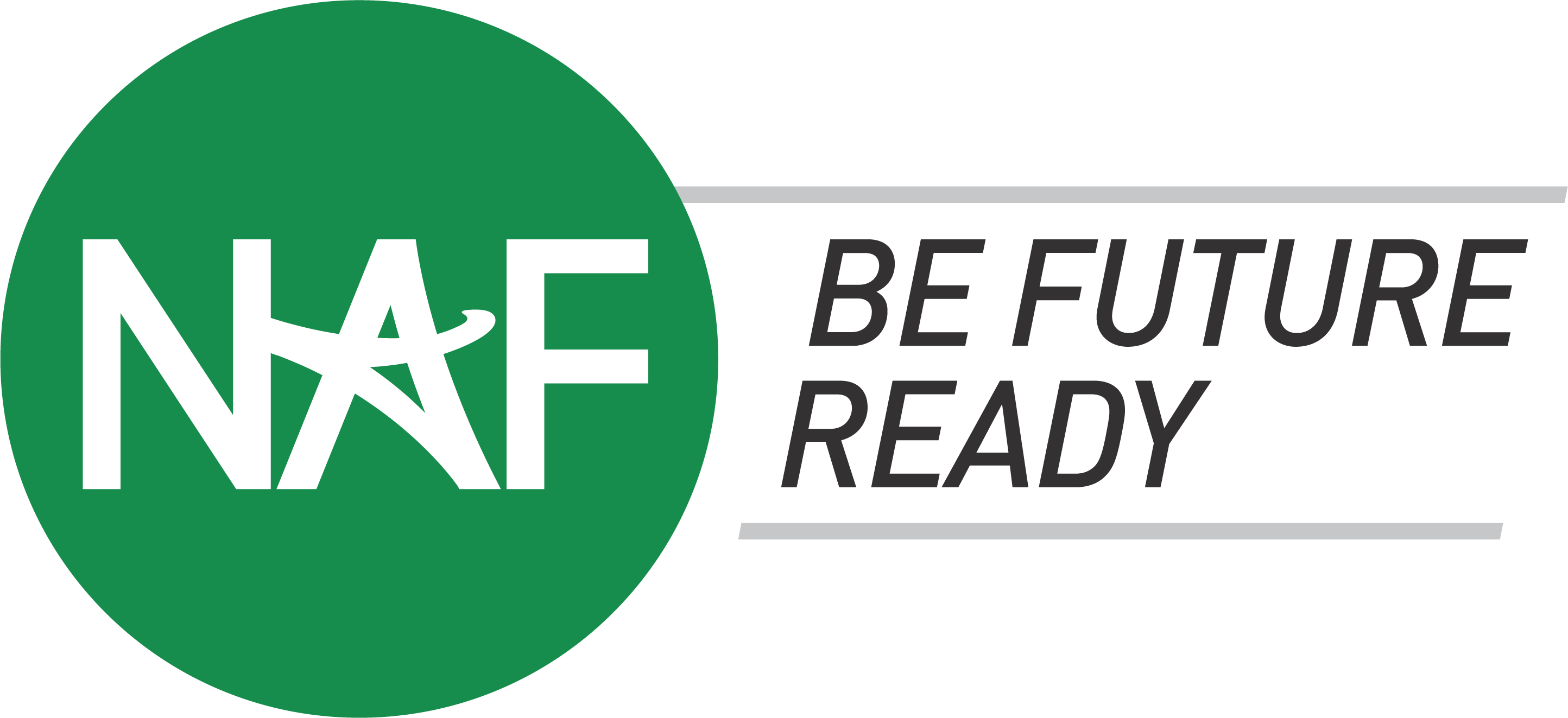Around the time of this Huffington Post article, The Problem With School Lunch: How The Wealth Gap Is Shaming Students, there were well over 100,000 non-profit education organizations in the US, not including higher education. If you’ve worked for or funded one, you’ll know how key “Free and Reduced Price Lunch” (FRL) has been to the mission definition, research, evaluation, and funding efforts of most of them.
If you’re familiar with that dependency, you might also know that, as the article mentions, 2010 marked a moment when our broad-reaching reliance on FRL needed to change but didn’t. Partly because the US amended school-lunch legislation to add that, if a school had at least 40% of its students qualifying for federal assistance, it would be 100% FRL. Around that time, many of us worked at non-profits that determined “need” based on that metric, so when cities began implementing the change to 100% FRL programs, they flung an off-course meteor toward logic models and reports all over the country, threatening to leave a gaping hole in our approximation of who is being served.
There were other problems, too. Notoriously, FRL doesn’t capture a dynamic picture of the schools and communities that so many non-profits serve and support. Many principals have expressed to me how unreliable the participation data are, because only a fraction of students were picking up free lunches due to stigma or quality of the offering and how hard it was to account for “opt-in,” whether it was automated or not.
For years, the cost of the fed’s administration around free-lunch programs has been a hot debate, and so while I would deem schools-as-food-source to be one of the great successes in matching public policy to our infrastructure, it’s fair to say that better data can offer educators stronger ways to characterize communities’, schools’, and individuals’ relative advantages and disadvantages in building more equitable education infrastructure. That’s the project we’ve kicked off this year, because we believe that better use of data can strengthen organizations, interventions, and efficacy research, not to mention better characterizing the intricate nature of challenges that communities and aspiring talent face.
Why NAF Cares
For 40 years, NAF (formerly National Academy Foundation) has been fostering a network of career academies in public high schools across the US that empower districts to build “open enrollment” options for career-themed learning with two central needs in mind. One, narrowing the gap between employers and school curriculum, and two, ensuring equitable opportunity to launch a prosperous career for every student who wants to, despite how clear that path might’ve been for them before landing at a NAF academy. In a nutshell, knowing which schools and which students would stand to benefit most from added structure and support — models that work at propelling students to and through high school graduation — is mission-critical to us.
But the FRL proxy hasn’t historically been merely a signal for where poverty exists at the crossroads of schooling. Like any proxy, it has side-effects that can be unintended and detrimental. In the 21st century, with the heartbeat of social justice ideals as our cadence forward, education organizations all need to contribute to a new paradigm where “more mission” requires more vivid depictions of the actual circumstance where students, principals, and educators of all kinds work tirelessly to realize equity. FRL is the kind of proxy that, without supplemental data, keeps organizations from being truly responsive to the needs of schools and communities.
What we’re working on won’t change all of that on its own, or right away, but I hope it’s a call to action for others — non-profits, researchers, partnerships of all kinds — to step forward with us and contribute more refined tools for carving away what barriers we’ve allowed to exist for too long.
What would success look like?
A few years ago, I stumbled into an exhibit at SF MOMA featuring the best-known photorealist of our time, Chuck Close. What any layperson like me would marvel at upon seeing Close’s art for the first time in-person is the relationship between one small detail of his work to the whole. Close up (no way to avoid the pun), you see beautiful swirling shades of color, art in-and-of-themselves. And, if you’re like me, you step back in disbelief, realizing that every point of material on the canvas has been delicately orchestrated to reveal something bigger.
Success for this project is a contribution to our field — whether you see it as Career and Technical Education, youth development, or K–12 broadly — that sharpens the picture where it matters. For reporting purposes, so that we know what factors of our programming are successful for which students in what context. For program design, so that we can more clearly differentiate what scales well and for whom. For fiscal and human resource strategy, so that we can invest our resources in young learners with huge aspirations but barriers just as big, which might be similar but never exactly the same from one community to the next. And for mission, doing as any organization that continues to be relevant must, knowing more clearly what factors drive or stand in the way of our mission as we evolve.
We’re working on a tool that will draw from open data sets to offer a more thorough picture of what factors set context for our schools and the talented individuals doing everything possible to realize their potential toward great careers and important contributions to community and society. In research terms, we’re working towards a composite index, one that draws from multiple data points much like the Washington Monthly college index or the Center for Evaluation & Education Policy equity in special education index.
A composite index reflects variables of interest in multiple domains, which are standardized and then combined, allowing a large amount of data to be summarized. Each domain has one or more indicators, each of which has one or more measures (sometimes called metrics), each of which has one or more data sources.
Success for us means we’ve identified thoughtful indicators, along with data that have strong attributes for maintenance, upkeep, and reliability over time. We’re not seeking to build something perfect, as no data perfectly summarize the human condition for anyone — we’re seeking something better than free tater tots and apple slices
About Our Partners
We’re excited to be working with a talented team of data and social scientists with a combined decades of experience doing this kind of work for cities; institutions, including the United Nations; and a broad list of stakeholders in the public sector. The NYU Marron Institute conducts innovative applied research, working with cities to take on critical challenges of urban living. Currently, the Marron Institute has four major research programs focused on urban planning, environmental health, civic analytics, and public-sector performance and innovation.
Earlier this year, we enlisted the help of an extremely talented Research Advisory Team, comprising scholars and practitioners from non-profit, K–12, and the post-secondary landscape. And, of course, our network. NAF Academies are 620 strong in more than 400 schools nationally. Our work to make this contribution would not be complete without involving our members in our progress.
And YOU. On LinkedIn we hope you’d find us and follow NAF Research & Tech for updates and ways you might get involved and keep track of our progress. We’re eager to share what we create so you can help us make it even better.


